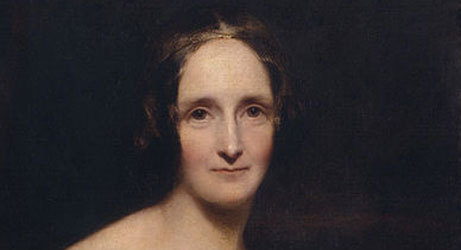Spit Spot – Mary Poppins – P L
Travers
London is abuzz with the Olympics and tuning into the
opening ceremony on Friday night was a must. I was thrilled that English
literature was included, but when Mary Poppins flew in to the stadium to save
the children from some story book villains, I turned to my son and said, “Mary
Poppins was written by an Australian.”
Pamela Lyndon Travers, (Helen Lyndon Goff) was born on the 9th
of August 1899 in Maryborough, a town in Queensland, Australia. Travers’ father was
a failed banker and following his death the family moved to Bowral in New South
Wales. Goff left the sunny shores of Australia and relocated to England in 1926.
She wrote the first of the Poppins books in 1933 under the name of P L Travers.Alright, so she wrote the books in the UK, and even though she was awarded an OBE, there is no monument to this writer in London. There is a plaque on the Sydney Writers Walk and a statue of the fictional British nanny in Maryborough Queensland. I guess what I would like to see is a blue plaque on the house where she lived in Chelsea - at the very least.
The stories of the Banks family and their nanny are somewhat
different than what we see portrayed on the screen. The Mary Poppins literary
nanny is slightly darker and sterner and of course, in the books there were more
than two children in the family. However, the movie did set Travers up
financially, even though she didn’t approve of cartoon characters interacting
with the actors. As a result, she never agreed to a Poppins/Disney film again
although she was approached on numerous occasions. The movie, Saving Mr Banks starts filming in
September this year and centres on the life of Travers and the ‘negotiations’
with Walt Disney and the making of the 1960’s film.
P L Travers never married, but adopted an Irish boy,
separating him from his twin as she refused to take both children. The boys
were reunited later in life.
From what I can gather, it seems that Travers fashioned the
nanny after herself. However, her personal life is somewhat elusive as she
invented stories for the tabloids as a camouflage so a lot of secrets went to
the grave with her in 1996.
Really and truly, where she was born doesn’t matter, what
matters is the brilliant literature that Pamela Lyndon Travers presented to the
world, and a character that Once upon a time in London, created magic that was
embraced by the world in a most delightful way.






